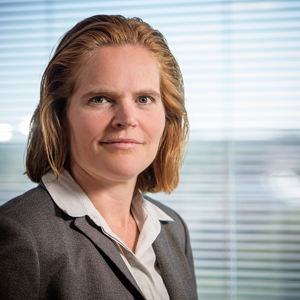
As a knowledge broker, my job is to make sure that scientific results are used as they should be. This is what we here at Luris do for scientists. We act as a broker between the scientists at Leiden University and its Medical Centre on the one hand and the business sector on the other.
Scientists sometimes find it difficult to understand the private sector. I have worked in the business sector and understand how companies think and what they need. A successful partnership will yield higher returns for continued research while also creating opportunities for a company to market an innovative product. Everyone is a winner.
One obstacle for pharmaceutical companies is, of course, that proper arrangements have been put in place in relation to IP. Investments are often huge, particularly in the pharmaceuticals industry. I bring together relevant companies and scientists as early as possible. Such a blend is mutually effective; a company could influence researchers too. I know which pharmaceutical companies might be interested. Naturally, we take steps to ensure that companies are not actually intent on preventing the development or launch of new products. Antishelving clauses!
The biggest challenge is the stage also known as the ‘valley of the dead’: when the innovation is a proven concept, but the distance to market is still huge. In this situation, scientific funds dry up and market operators are not willing to come on board (yet). There is a danger here that development will grind to a halt. This is the time when I need to allow other parties to get involved – a patients’ association or charitable funds, for example. Alternatively, I could opt to encourage an enterprising scientist to start their own company. The object of all of the above is to ensure that development continues.
The good news is that more and more scientists are becoming aware of the importance of valorisation. As a result, we are entering into more, and stronger, partnerships with companies.
Mike Shaw
Knowledge broker Luris
Founded by Leiden University and the Leiden University Medical Centre

